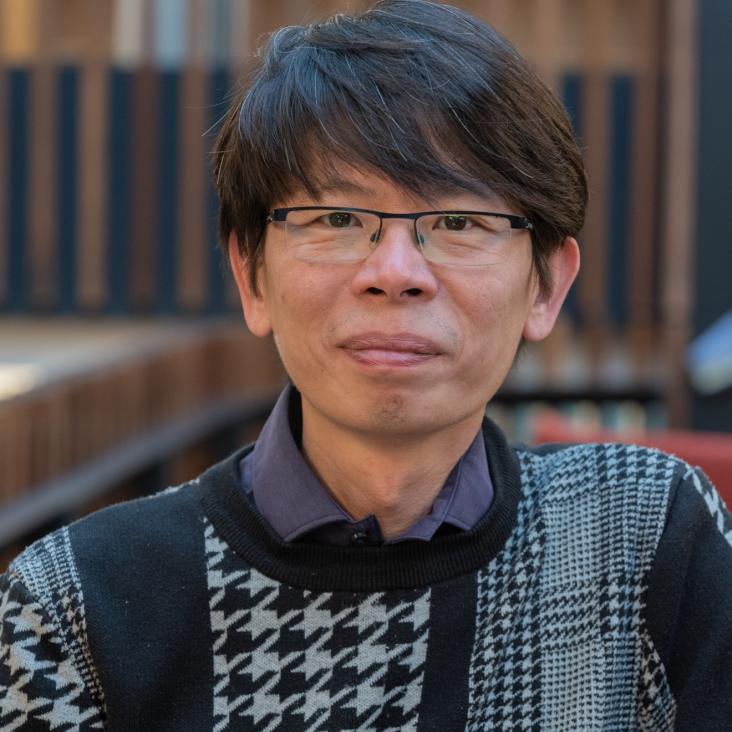High performance smooth-walled feed horns for focal plane arrays
Proceedings of the 19th International Symposium on Space Terahertz Technology, ISSTT 2008 (2008) 327-331
Abstract:
We describe the design and testing of an easy-tomachine smooth-walled horn which exhibits excellent beam circularity and low cross polarisation over a relatively large bandwidth. The design comprises three coaxial conical sections and two flare discontinuities joining the three sections together. The discontinuities generate appropriate higher order modes which combine to give a circular field distribution at the aperture. The positions and sizes of these discontinuities were calculated using a genetic algorithm. The horn was fabricated either by using the well known electroforming method or simply by a drill tool, shaped into the horn profile, and a standard mill. The measured radiation patterns or the electroformed horns show good excellent circularity and agree well with the calculated curves. They also show that the three-section horn has a substantially wider bandwidth than the conventional Potter horn. Preliminary measurements of the drilled horns patterns are also shown and compared with theory.Report on the second prototype of non-imaging focusing heliostat and its application in food processing
Solar Energy Elsevier 79:3 (2005) 280-289
High precision (1 part in 104) reflectivity measurement for the study of reflective materials used in solar collectors
Solar Energy Materials and Solar Cells Elsevier 80:3 (2003) 305-314
Report of the first prototype of non-imaging focusing heliostat and its application in high temperature solar furnace
Solar Energy Elsevier 72:6 (2002) 531-544


